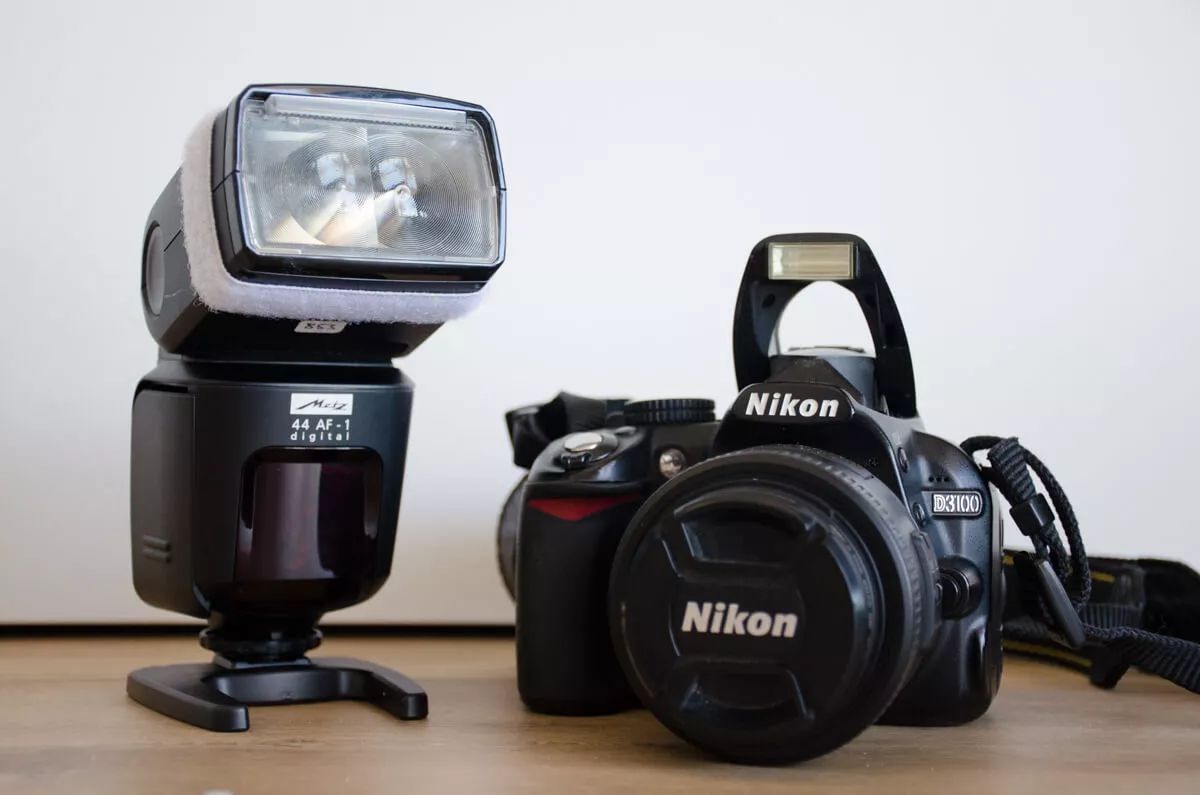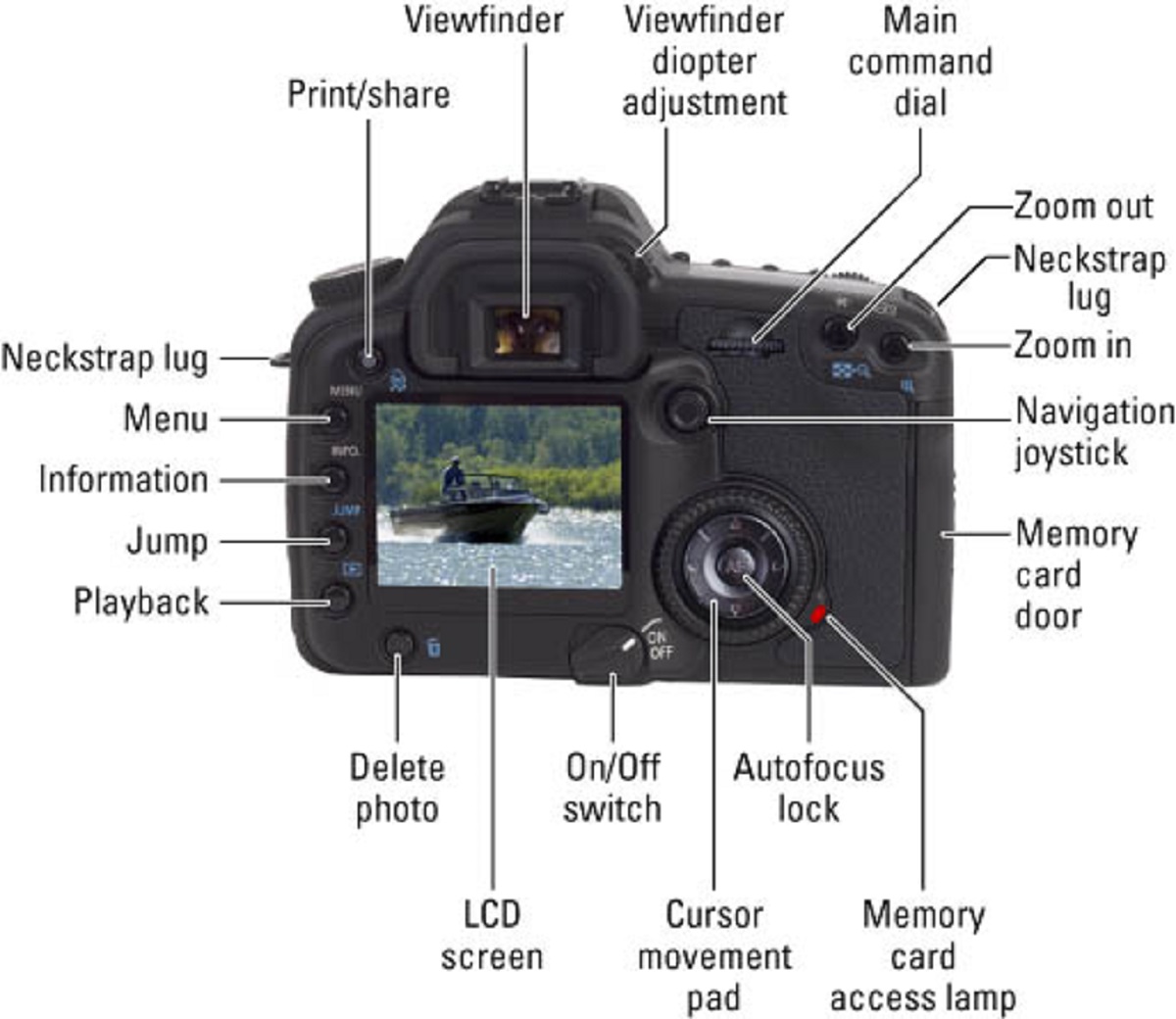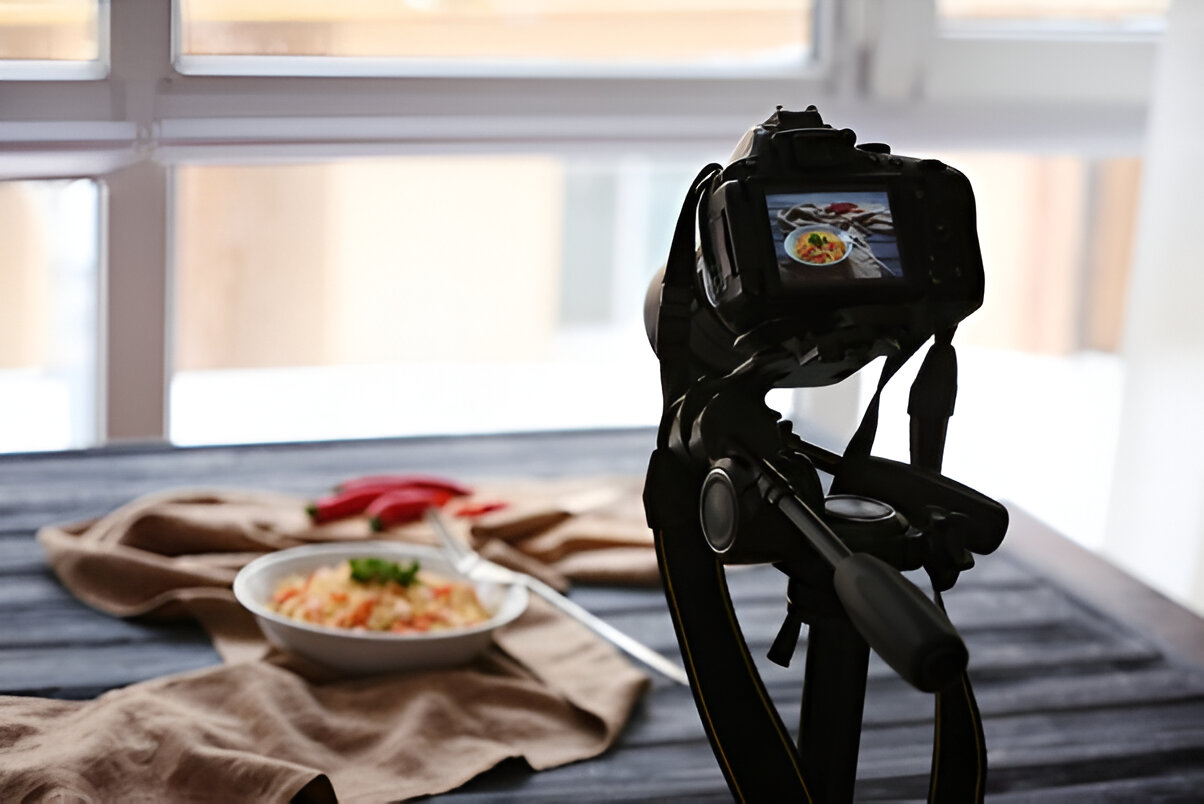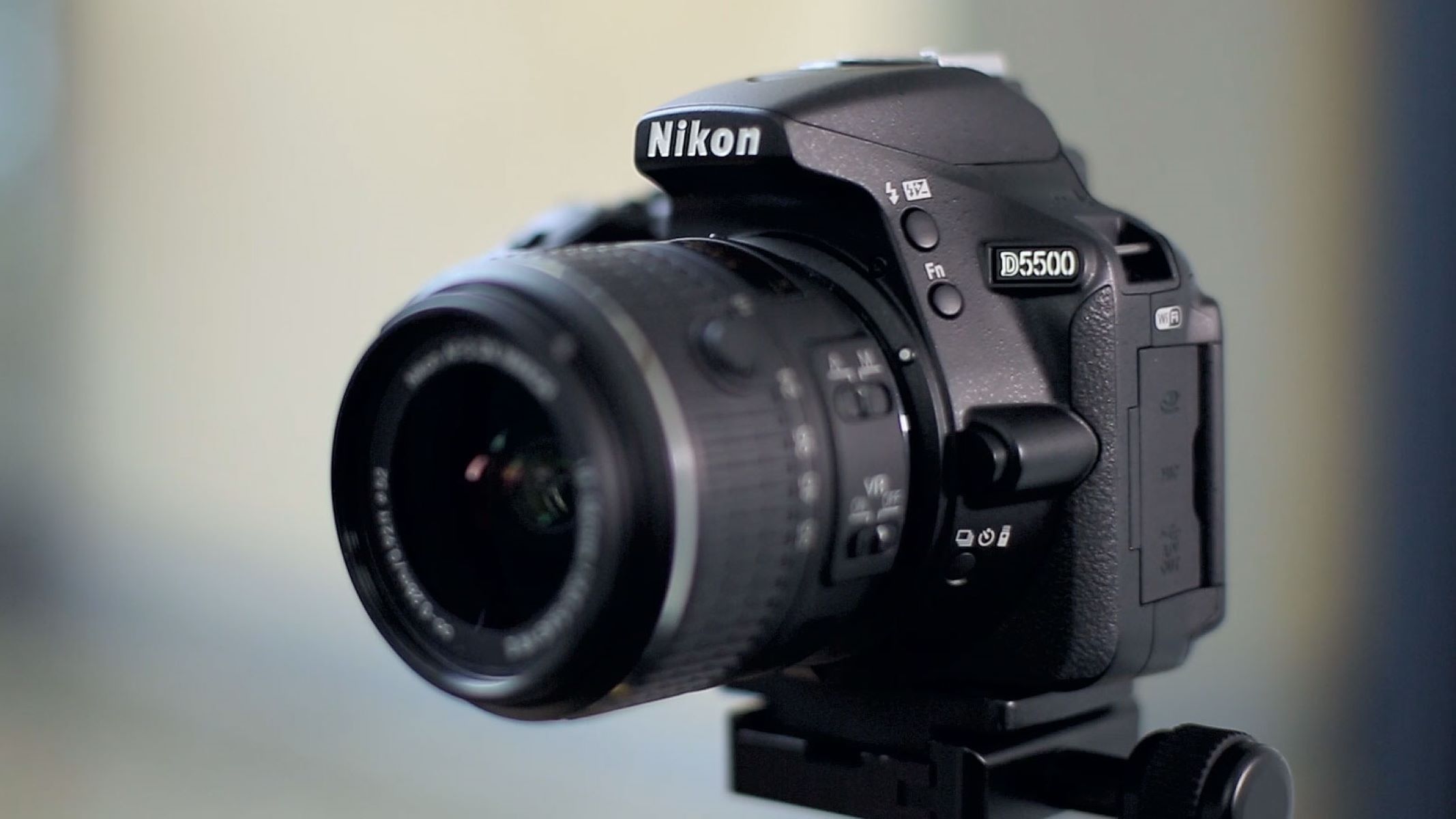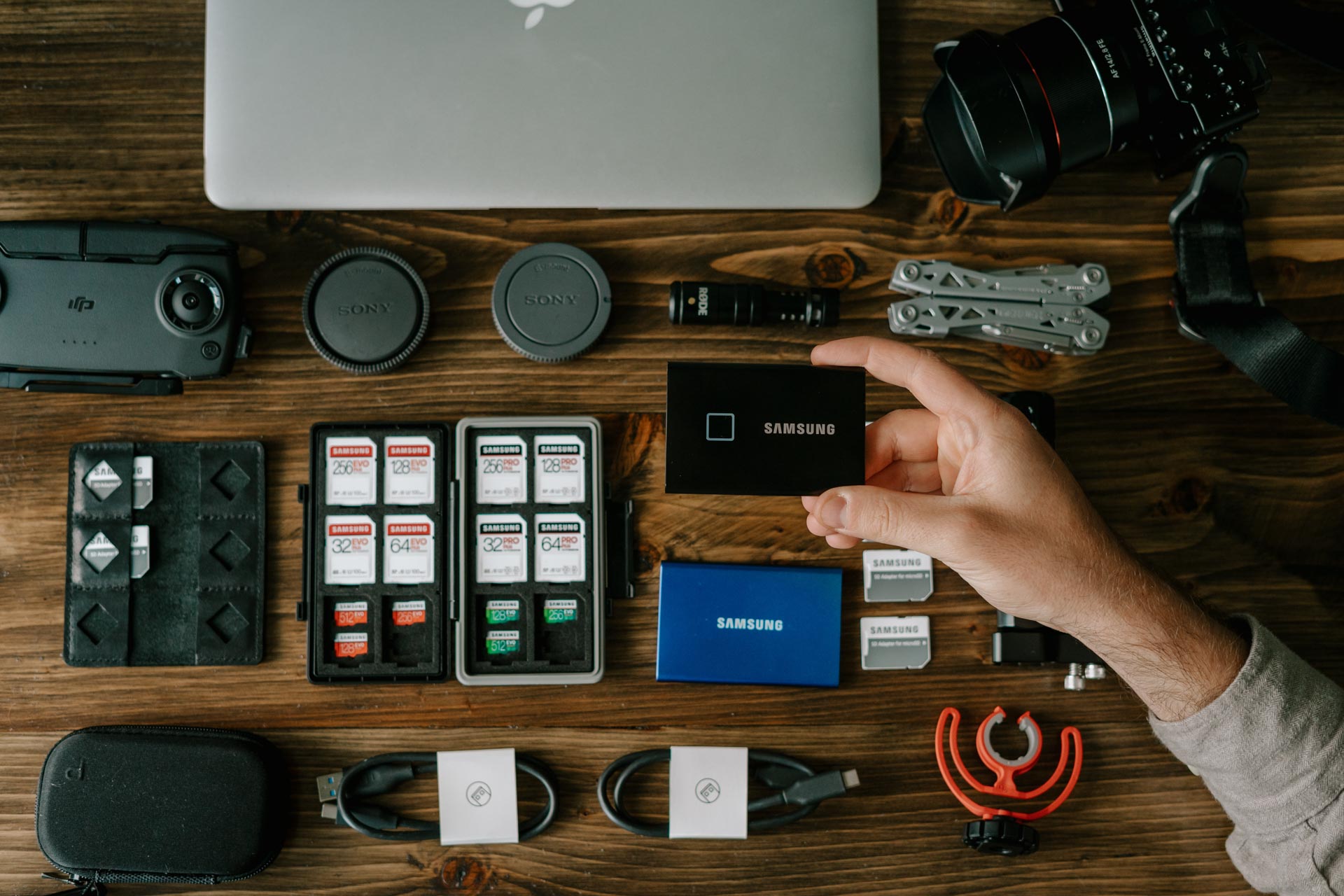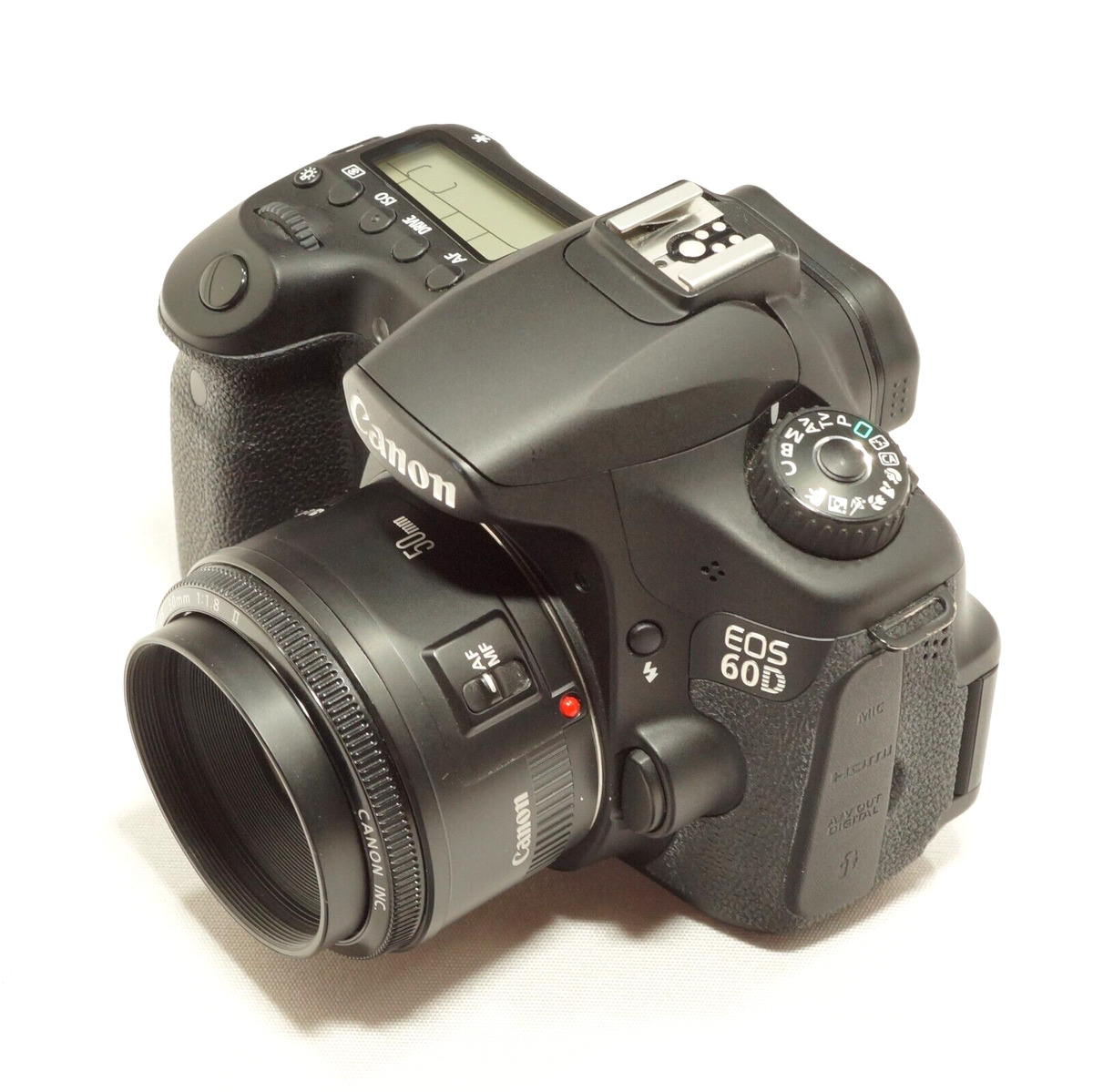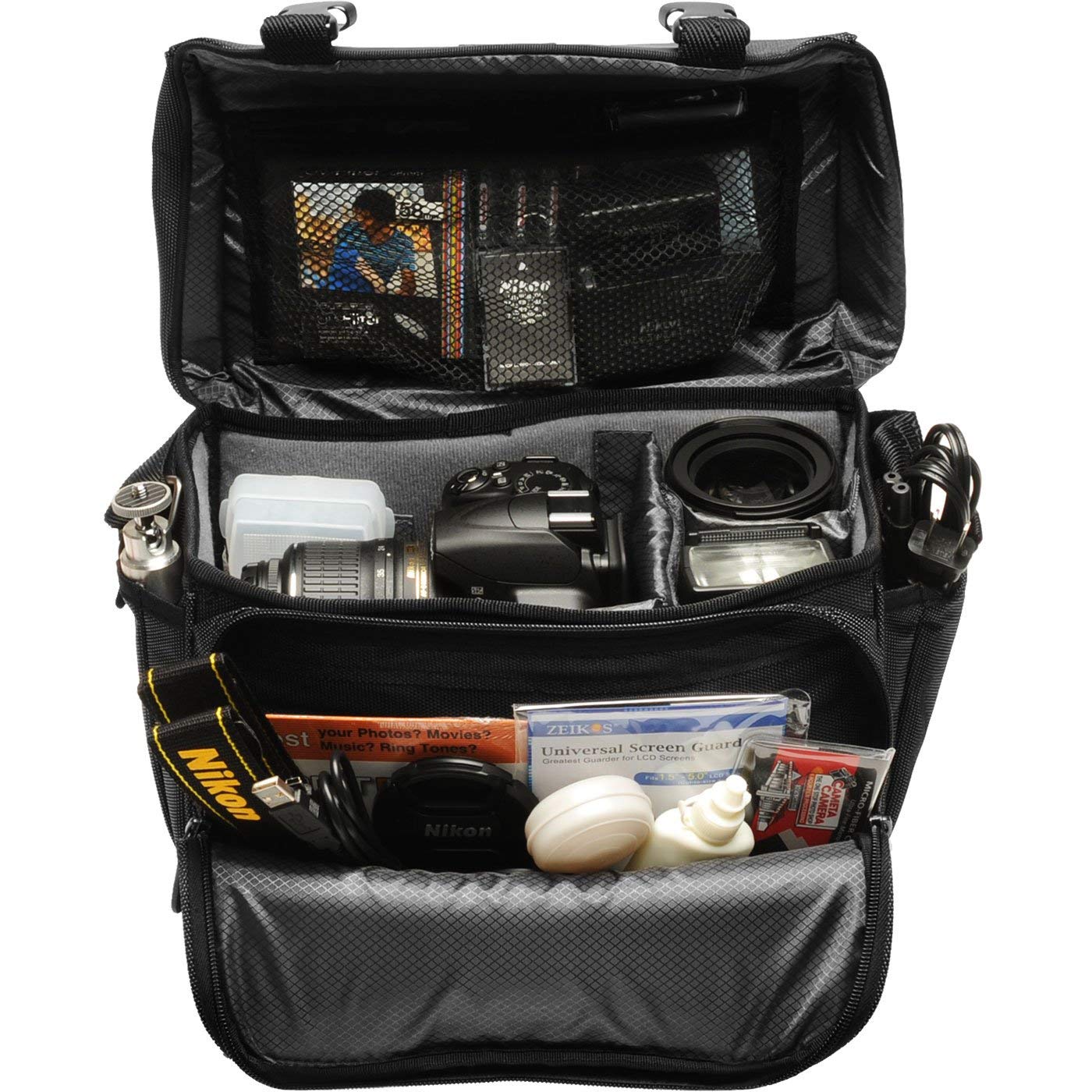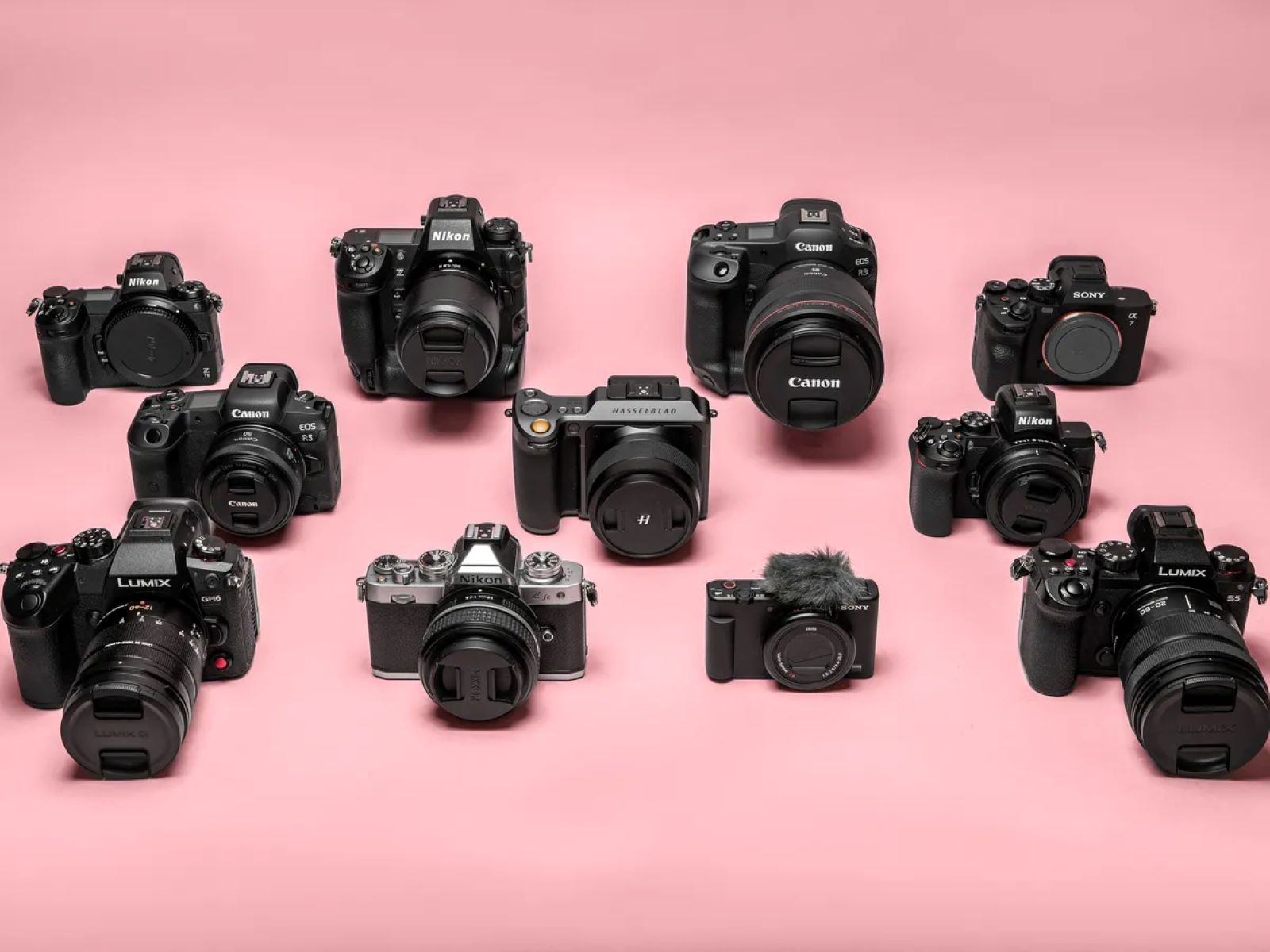Introduction
Photography enthusiasts often seek ways to elevate their craft, and one effective method is by incorporating an external flash into their DSLR camera setup. The external flash, also known as a speedlight, can significantly enhance the quality of photographs by providing ample light in various shooting conditions. Whether capturing portraits in low light or freezing fast-paced action, understanding how to use an external flash effectively is crucial for any photographer.
In this comprehensive guide, we will delve into the intricacies of utilizing an external flash with a DSLR camera. From understanding the purpose of an external flash to mastering its setup and application in different scenarios, this guide aims to equip photographers with the knowledge and skills needed to maximize the potential of their equipment.
By the end of this article, you will have a clear understanding of how to use an external flash to elevate your photography, enabling you to capture stunning images in diverse lighting conditions. Let's embark on this enlightening journey to unlock the full potential of external flash photography.
Understanding External Flash
An external flash serves as a powerful tool for photographers, offering versatility and control over lighting that the built-in flash of a DSLR camera may not provide. Unlike the fixed position of the built-in flash, an external flash can be mounted on the camera’s hot shoe or used off-camera, allowing for more creative lighting techniques. Understanding the key features and capabilities of an external flash is essential for harnessing its full potential.
External flashes are designed to emit a burst of intense light to illuminate the scene, compensating for insufficient ambient light or adding fill light to reduce harsh shadows. These flashes typically feature adjustable power settings, enabling photographers to control the intensity of the light emitted. Additionally, many external flashes support tilt and swivel functionalities, allowing for the redirection of light to achieve desired lighting effects.
Moreover, external flashes often come equipped with essential features such as high-speed sync, which enables photographers to synchronize the flash with fast shutter speeds, and rear-curtain sync, useful for capturing motion trails. Understanding these advanced functionalities empowers photographers to expand their creative boundaries and capture visually compelling images.
Furthermore, an external flash offers the advantage of bounce flash photography, where the flash is directed towards a reflective surface, such as a ceiling or wall, before illuminating the subject. This technique softens the light and reduces harsh shadows, resulting in more flattering and natural-looking portraits. Understanding the principles of bounce flash and how to effectively utilize this technique is pivotal for achieving professional-quality results.
By comprehending the capabilities and features of an external flash, photographers can leverage its potential to overcome challenging lighting situations, enhance the overall quality of their images, and unleash their creativity in new and exciting ways.
Setting Up Your External Flash
Properly setting up an external flash is fundamental to achieving optimal results in photography. The initial step involves attaching the flash to the camera’s hot shoe, ensuring a secure connection. Once mounted, the flash can be synchronized with the camera to communicate effectively and fire in unison with the shutter release. Many modern DSLR cameras feature dedicated flash control menus, allowing photographers to adjust various settings directly from the camera’s interface.
When setting up the external flash, it is essential to consider the flash mode, power output, and other relevant parameters to suit the specific shooting conditions. The flash modes commonly include TTL (Through-The-Lens) mode, which enables the camera to meter the flash output based on the scene’s lighting, and manual mode, providing full control over the flash power. Understanding and selecting the appropriate flash mode is crucial for achieving the desired lighting effects.
Additionally, adjusting the flash’s power output allows photographers to fine-tune the intensity of the light emitted, catering to the specific requirements of the scene. This level of control is particularly valuable when working in dynamic lighting environments, as it empowers photographers to adapt to changing conditions and maintain consistent exposure levels.
Furthermore, exploring the potential of off-camera flash setups opens up a realm of creative possibilities. By utilizing wireless flash triggers or dedicated off-camera flash systems, photographers can position the external flash strategically, introducing directional and dramatic lighting effects to their compositions. Understanding the principles of off-camera flash and mastering its setup enhances a photographer’s ability to sculpt light and create visually captivating imagery.
It is important to note that some external flashes support advanced features such as stroboscopic mode, which enables the creation of multiple flash bursts within a single exposure, ideal for capturing motion and adding a dynamic element to the photographs. Familiarizing oneself with these advanced functionalities and experimenting with different setups broadens the creative horizons and elevates the overall quality of the images captured.
By mastering the setup of an external flash and harnessing its capabilities, photographers can exercise greater control over lighting, expand their creative repertoire, and produce visually striking photographs that stand out with professional finesse.
Using the External Flash in Different Scenarios
Photographers can leverage the versatility of an external flash to elevate their imagery across a wide range of shooting scenarios. Understanding how to adapt the use of the external flash to suit different environments and subjects is pivotal for achieving outstanding results.
In low-light conditions, such as indoor events or evening photography, the external flash becomes an indispensable tool for illuminating the scene and capturing well-exposed images. By utilizing bounce flash techniques, where the flash is directed towards a reflective surface, photographers can achieve soft, diffused lighting that enhances the ambiance of the scene while minimizing harsh shadows.
When photographing portraits, the external flash offers the advantage of creating flattering and professional-looking lighting. By adjusting the flash’s power output and employing techniques such as off-camera flash setups, photographers can sculpt light to accentuate the subject’s features and achieve captivating portrait compositions with a distinct visual appeal.
For outdoor photography, particularly in bright sunlight, the external flash can serve as a valuable tool for filling in shadows and reducing contrast. By employing fill flash techniques, photographers can balance the exposure of the subject and the background, resulting in well-balanced and natural-looking images even in challenging lighting conditions.
Moreover, in fast-paced environments or when capturing dynamic subjects, such as sports or action photography, the external flash, when used in conjunction with high-speed sync capabilities, enables photographers to freeze motion and capture crisp, well-lit images even in rapid sequences. This feature empowers photographers to maintain control over the lighting, ensuring consistent and compelling results in dynamic shooting scenarios.
By adapting the use of the external flash to various shooting scenarios, photographers can overcome lighting challenges, enhance the visual impact of their images, and consistently deliver professional-quality results across diverse genres of photography.
Tips for Getting the Best Results
Maximizing the potential of an external flash involves more than just understanding its technical aspects; it requires finesse, creativity, and a keen eye for lighting. Here are some valuable tips to help photographers achieve the best results when using an external flash:
- Master the Basics: Before delving into advanced techniques, it’s essential to master the fundamental principles of using an external flash. Familiarize yourself with the flash modes, power settings, and synchronization options to build a strong foundation for creative experimentation.
- Experiment with Bounce Flash: Bounce flash techniques can yield stunning results when used effectively. Practice bouncing the flash off ceilings, walls, or reflectors to achieve soft, diffused lighting that enhances the overall quality of your images.
- Understand Off-Camera Flash: Explore the possibilities of off-camera flash setups to introduce directional and dramatic lighting effects into your compositions. Experiment with wireless triggers and positioning the flash to create dynamic and visually captivating imagery.
- Embrace High-Speed Sync: When capturing fast-moving subjects, make use of high-speed sync capabilities to maintain control over the lighting and freeze motion, ensuring sharp and well-exposed images even in challenging conditions.
- Balance Ambient Light and Flash: Strive to achieve a seamless integration of ambient light and flash illumination. Understanding how to balance these elements results in well-exposed images with natural-looking lighting, particularly in outdoor or mixed lighting scenarios.
- Practice with Stroboscopic Mode: Explore the creative potential of stroboscopic mode to capture motion and add a dynamic element to your photographs. Experiment with multiple flash bursts within a single exposure to infuse energy and excitement into your images.
- Continuous Learning and Experimentation: Photography is an art form that thrives on continuous learning and experimentation. Keep exploring new techniques, studying lighting principles, and experimenting with different flash setups to expand your creative horizons and refine your skills.
By incorporating these tips into your photography practice, you can harness the full potential of an external flash, elevate the quality of your images, and infuse your compositions with captivating lighting effects that leave a lasting impression.
Conclusion
Mastering the art of using an external flash with a DSLR camera is a transformative journey for photographers, unlocking a realm of creative possibilities and enhancing the quality of their imagery. By understanding the capabilities of an external flash and learning how to harness its potential in diverse shooting scenarios, photographers can elevate their craft and produce captivating photographs that resonate with viewers.
From the fundamental principles of setting up an external flash to the nuanced techniques of bounce flash, off-camera flash, and high-speed sync, photographers can expand their creative repertoire and exercise greater control over lighting, resulting in visually compelling compositions. The ability to adapt the use of an external flash to suit different environments and subjects empowers photographers to consistently achieve outstanding results, regardless of the lighting challenges they may encounter.
Furthermore, the continuous pursuit of knowledge, experimentation, and refinement of skills is integral to mastering the art of external flash photography. Embracing new techniques, honing the understanding of lighting principles, and pushing the boundaries of creative expression through flash photography cultivates a deeper appreciation for the craft and sets the stage for ongoing growth and innovation.
As photographers embrace the tips and techniques discussed in this guide and embark on their own explorations of external flash photography, they will witness a transformation in the quality and visual impact of their images. The ability to sculpt light, freeze motion, and create evocative lighting effects through the strategic use of an external flash becomes a hallmark of their photographic style, setting their work apart and leaving a lasting impression on viewers.
In essence, the journey of mastering external flash photography is not merely about technical proficiency; it is a pursuit of artistic expression, creativity, and the ability to evoke emotion through the interplay of light and shadow. By harnessing the full potential of an external flash, photographers embark on a path of continual growth, innovation, and the creation of imagery that resonates deeply with audiences, making a lasting imprint in the world of photography.







